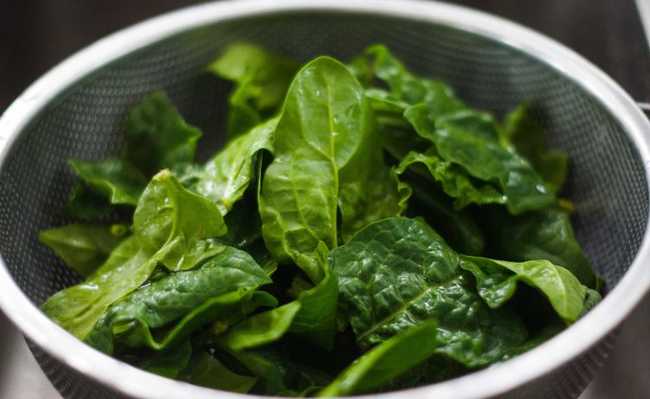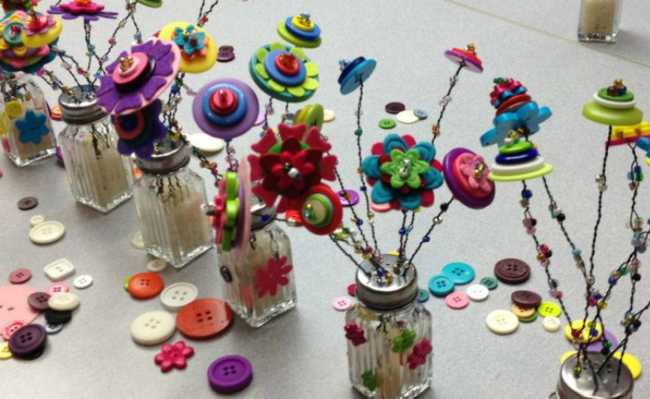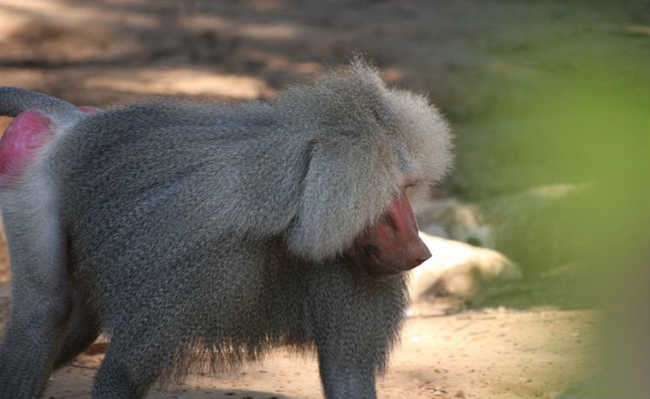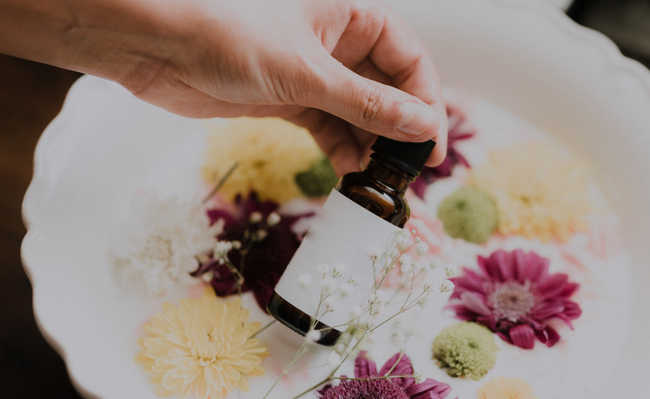Dye obtained from beetroot has potential for use in industry
BeetBlue can be a natural alternative to industrial dyes

Image: Erick Bastos/IQ-USP
The blue color is abundant in sky and water, but not among living organisms. In birds it is a result of the way the feathers filter white light and reflect blue light, not the presence of pigment. Among minerals, blue pigments often contain metals that can be toxic. In plants, it is an even rarer color. Hydrangeas produce pigments called anthocyanins (blue flower in Greek), which bind metals and paint the flowers blue, but degrade once extracted from the plant. Indigo, extracted from plants of the genus Indigofera and used to dye clothes, it is one of the few natural dyes suitable for industrial use. An alternative was presented today (3/4) in an article in the magazine Science Advances: BeetBlue.
“We created a new blue dye from beetroot pigment, a non-toxic and renewable raw material”, says chemist Erick Bastos, from the Chemistry Institute of the University of São Paulo (IQ-USP). The pigment dyes paper, cotton fabric, silk threads, hair, yogurt, among other materials. BeetBlue was produced from betanin, a red pigment abundant in beetroot and which is also found in smaller amounts in pink spring, pitaya and amaranth. Color appears because the pigment reflects red light when illuminated with white light. “During a conversation with biochemist Barbara Freitas-Dörr, then a doctoral student, we realized that the structure of betanin could be modified to obtain a new blue molecule. It worked on the first attempt”, says Bastos.
“The reaction is simple,” says Bastos. “First, we purify betanin because beet juice contains a multitude of molecules.” Then you have to break down betanin to produce betalamic acid, a reaction with very low yield. Then, a chemical reaction that lasts a few seconds transforms the betalamic acid into BeetBlue (see infographic).
“The work used an elegant and effective synthetic strategy to produce a blue dye from a natural pigment”, says chemist Adriana Rossi, from Unicamp's Chemistry Institute, who did not participate in the study. "The compound is stable even with variations in acidity, unlike anthocyanins and betalains, a class of substances in which betanin is included." The researcher points out that, unlike natural pigments, the BeetBlue does not contain metals in its structure, which normally makes synthetic dyes toxic. The metals present in anthocyanins are also very reactive and therefore change color.
To check whether BeetBlule is toxic or causes DNA mutations, the USP team carried out tests with human liver cells, retina and zebrafish (Danio rerio), commonly called paulistinha in Brazil. Trials have not detected effects, but are insufficient to determine that the substance is safe for human consumption. For this, more complex and expensive tests are needed.
The researcher waived the patent on BeetBlue. “This work, based on a lot of molecular study, is also an ode to basic science at a time when valuing science is very important”, he says. "The eventual success of the dye will be a demonstration that science is the first step towards developing society's technological basis." For Bastos, understanding how things work is fundamental to solving the problems facing humanity.
Learn how the team of chemist Erick Bastos, from the Chemistry Institute of the University of São Paulo (IQ-USP), managed to create a natural dye with potential for use in industry:
Projects: 1. Use of green solvents and their mixtures in the optimization of chemical processes (nº 14/22136-4); Modality Thematic Project; Responsible researcher Omar Abou El Seoud (USP); Investment R$2,695,151.81. 2. Betalains: structure-property relationships (nº 16/21445-9); Research Aid Modality – Regular; Responsible researcher Erick Leite Bastos (USP); Investment R$ 203,438.61. 3. Photophysical characterization and anti-inflammatory potential of betalains (nº 19/06391-8); Research Aid Modality – Regular; Responsible researcher Erick Leite Bastos (USP); Investment R$188,124.81. Scientific article: FREITAS-DÖRR, B.C. et al. A metal-free blue chromophore derived from plant pigments. Science Advances. v. 6, eaaz0421. April 3 2020.
This text was originally published by Pesquisa FAPESP under the Creative Commons CC-BY-NC-ND license. Read the original.










